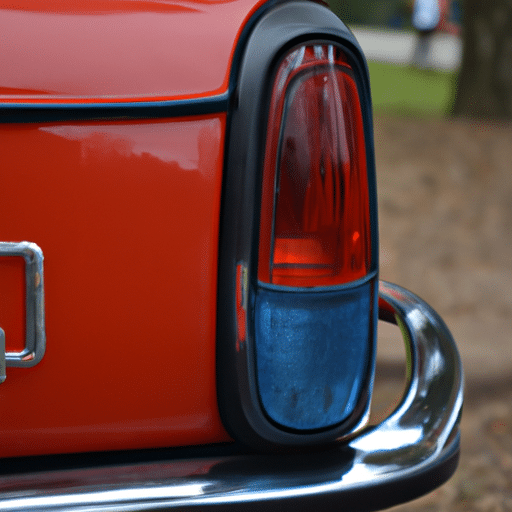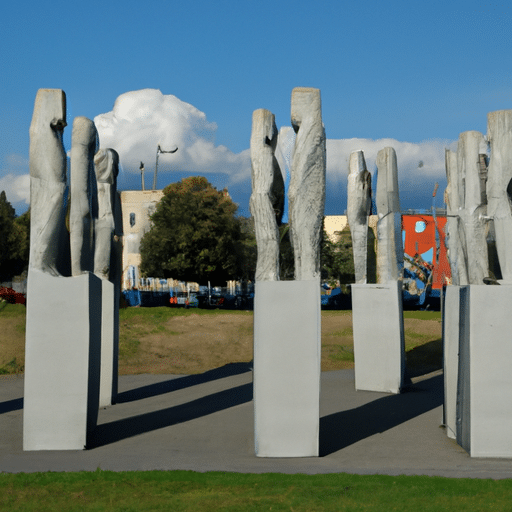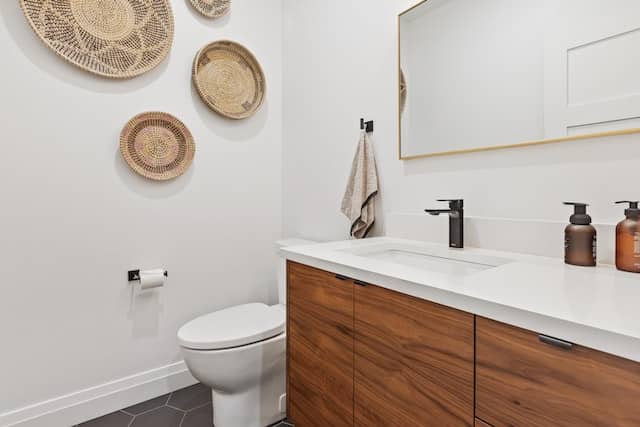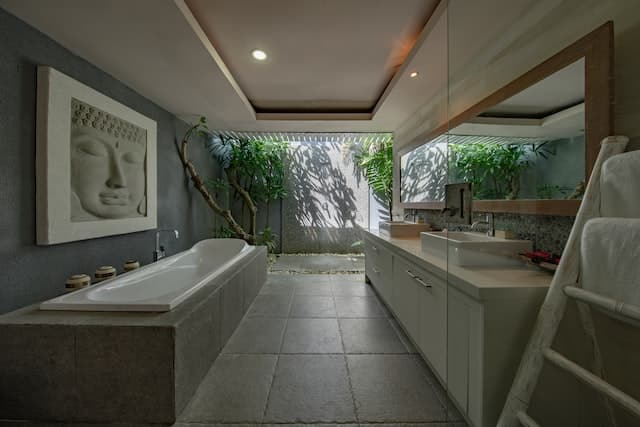Luxury Monuments: Showcasing the Finest in Monument Design
Luxury Monuments: Showcasing the Finest In Monument Design
What Is a Luxury Monument?
A luxury monument is a monument that is made using only the finest materials and craftsmanship to create a stunning and unique display. It’s often built to commemorate significant events, people, or organizations, and often includes sculptures, statues, and other artistic elements. Luxury monuments are highly sought after for their unique and eye-catching designs, and are a great way to show appreciation and respect for a particular person or organization.
History of Luxury Monuments
The history of luxury monuments dates back to ancient times when they were used to signify importance and convey status. The most famous example is the Luxor Obelisk, which was erected in the city of Luxor in Egypt in 1450 BCE. The obelisk was used as a symbol of power and strength and was made from a single piece of granite. Since then, luxury monuments have been used in many different places and contexts, but they are still often seen as a way to honor those who have achieved great things.
Types of Luxury Monuments
There are many different types of luxury monuments that can be used to commemorate significant people or events. These include sculptures, statues, obelisks, markers, cenotaphs, and more. Each type of monument has its own unique design, and can be crafted from a variety of materials such as marble, bronze, and stone.
Benefits of Luxury Monuments
Luxury monuments are a great way to honor and recognize those who have made a lasting impact on society. They can also be used to commemorate events or people who have made significant contributions to a particular field. Luxury monuments are also a great way to add beauty and prestige to a location, as they are often very visually appealing and can draw attention to an area.
How Are Luxury Monuments Constructed?
The construction of a luxury monument is a complex process, and it often involves a team of skilled professionals. The process begins with the selection of the right materials and a design that reflects the person or event that the monument is meant to commemorate. Once the design is complete, it’s then sent to a team of specialized craftsmen who carefully construct the monument using the highest quality materials and methods.
Where Can Luxury Monuments Be Found?
Luxury monuments can be found in many different places around the world. Some of the most famous examples include the Luxor Obelisk in Egypt, the Statue of Liberty in New York City, and the Arc de Triomphe in Paris. These monuments are often found in parks and public areas, as well as on private land.
How to Care for Luxury Monuments
Luxury monuments require regular maintenance and care in order to remain in good condition. This includes cleaning, polishing, and protecting the monument from the elements. It’s also important to make sure that any repairs or renovations that need to be done are done by a professional.
The Future of Luxury Monuments
The future of luxury monuments looks bright, as they are becoming increasingly popular as a way to honor and recognize those who have made a lasting impact on the world. As technology continues to evolve, new materials and techniques are being developed that will allow monuments to be even more intricate and detailed. This means that more people will be able to enjoy the beauty and prestige of luxury monuments for years to come.
Conclusion
Luxury monuments are a great way to honor and recognize those who have achieved great things. They are often made from the finest materials and crafted by skilled professionals, and can be found in many different locations around the world. Luxury monuments also require regular maintenance and care in order to remain in good condition, and the future of luxury monuments looks promising as new materials and techniques are being developed.Odkryj niesamowite luksusowe rzeźby i pomniki, które są prezentowane w tym artykule – kliknij tutaj, aby dowiedzieć się więcej : https://www.szczotok.pl/nowoczesne-nietypowe/.










